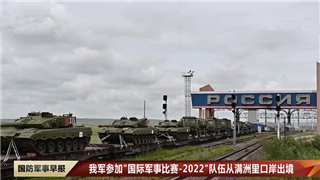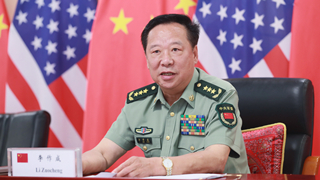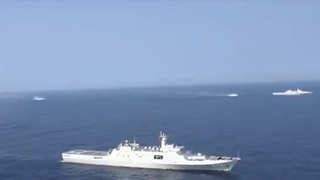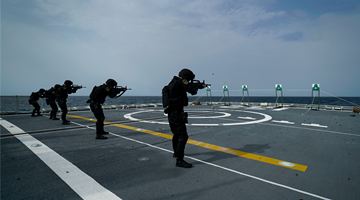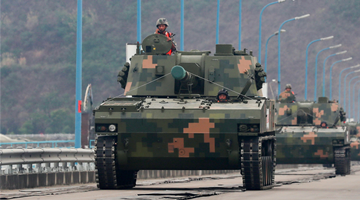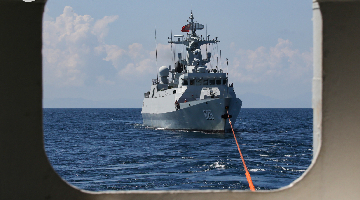By Wang Xiaoxuan
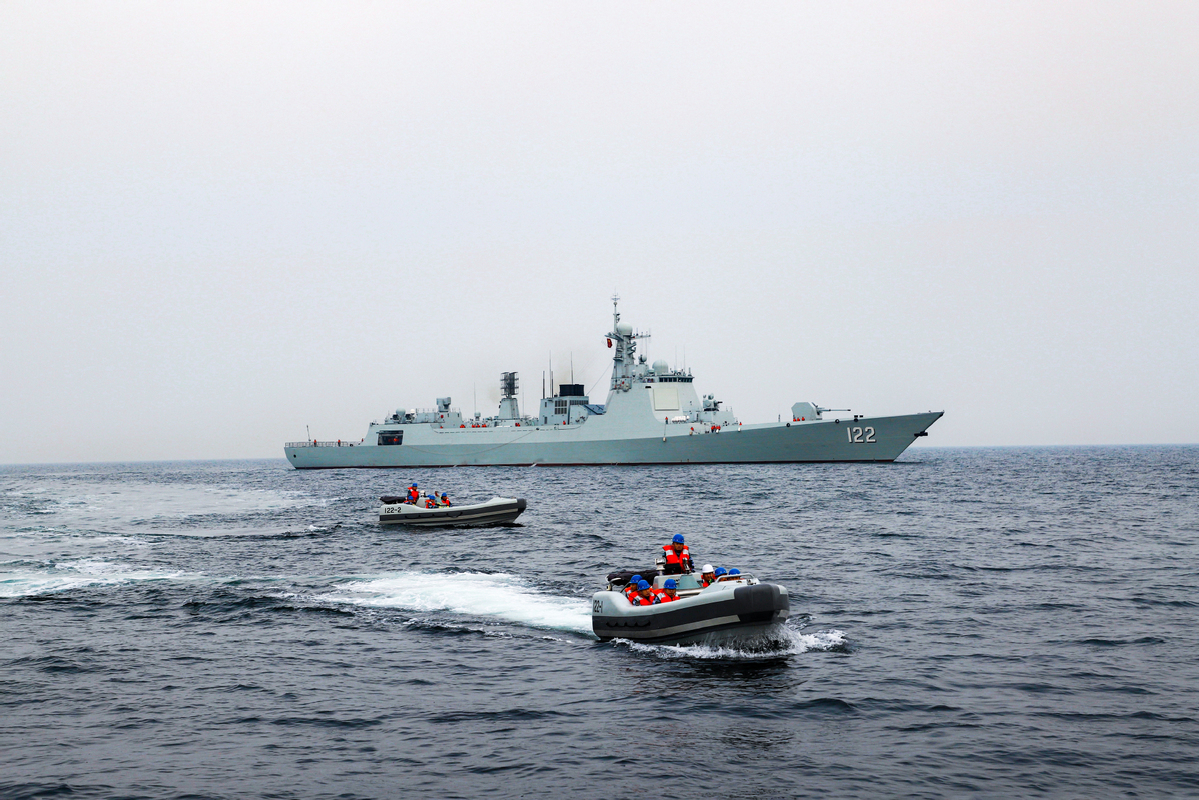
This year marks the 95th anniversary of the founding of the People's Liberation Army, and as a PLA Navy veteran, I am proud of the Chinese navy's achievements.
The PLA Navy started from scratch but has made remarkable progress, especially in modernizing itself over the past 10 years, during which the navy fleet has increased, its barreled weapons have been largely replaced by precision-guided weapons, and naval services have upgraded thanks to "informationization" and "intellectualization".
The PLA Navy has also developed its deterrence capacity and counterattack capability over the past years. It can now perform diverse tasks in addition to taking part in conventional combat as well as military operations other than war.
On road to becoming a world-class naval force, the Chinese navy today is more capable of performing offshore defense operations and extending coastal defense to the open sea to enforce sovereignty over coastal areas, islands, reefs and archipelagos. It has also optimized its military structure, equipment, technology and strategic layout.
The PLA Navy can now effectively safeguard territorial sovereignty, and maritime rights and interests, and help maintain a stable security environment for national development. It can also better safeguard national security with an expanded fleet and large warships, including the three aircraft carriers, at its command, and contribute more to global peace and development.
However, the United States and some other countries have been making groundless accusations against the PLA Navy's modernization, claiming that it is a threat to the world as it is helping China to establish maritime hegemony. What these self-proclaimed protectors of global peace forget is that every country has the right to develop its military, including the navy. And whether a navy poses a threat to world peace depends not on the country's size or strength but on the nature of its defense policy.
The truth is that the PLA Navy adheres to active defense, and its commitment to peace distinguishes it from the aggressive and expansionary naval powers. The Chinese navy will continue to modernize, but its defensive nature will never change.
China needs a stronger navy to cope with the volatile regional and global security environment. China is confronted with the threats of being encircled by major powers, interference in its internal affairs, and subversion of its sovereignty and territorial integrity, including its sovereignty over islands and reefs, maritime economic zones and sea routes. Also, in the fast-changing global environment, traditional and non-traditional security threats have become intertwined.
More important, the US, thanks to its aggressive "Indo-Pacific" strategy, has intensified its military provocations, posing a big challenge to China. For instance, US warships and aircraft frequently intrude into China's waters and airspace.
As a result, the PLA Navy needs to continue its modernization drive to meet China's development demands. Since China is the world's largest trading country, its sea routes in the Western Pacific and Indian Oceans have become especially important for the country's development and therefore should be better protected. Also, with the Strait of Malacca becoming the "lifeline" of China and the success of the "go abroad" policy being strategically important for protecting Chinese interests and assets overseas, the navy has to further develop in order to overcome any eventualities.
The Chinese navy's enhanced capabilities can help it better fulfill its responsibility of maintaining regional and global security and peace, and continue conducting non-combat missions such as disaster relief, peacekeeping, anti-piracy and anti-terrorism operations.
The PLA Navy may have become stronger but it will not compete with any other naval force for maritime supremacy. A country's navy should venture into the waters of other countries to compete for regional or global hegemony as colonial powers did in the past. And this is exactly what the US and some of its allies have been doing in China's waters in recent years.
Since the end of World War II, the US has built hundreds of military bases overseas, including one on the "First Island Chain" off the coast of China. The US has also been using its powerful navy to control the maritime corridors, threaten other countries' maritime interests, and launch military attacks from the sea.
In contrast, the Chinese navy focuses on offshore defense, which means guarding the homeland but not intruding into other countries' waters or targeting another country. And despite realizing rapid development, the PLA Navy is still not strong enough to comprehensibly safeguard national interests. So the PLA Navy will continue its modernization drive till it becomes capable of fully safeguarding China's interests.
The views don't necessarily represent those of China Daily.
The author is a Beijing-based military expert.

